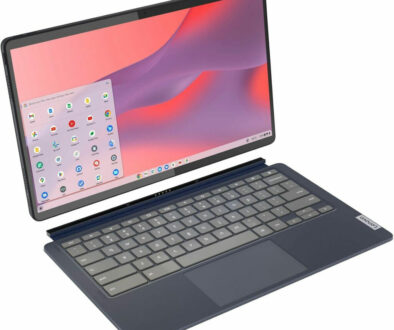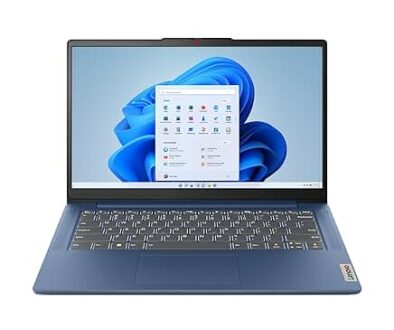Will the new iPhone (13) get the M1 chip?
When Apple announced the new M1 powered 24-inch iMac on Tuesday 20 Apr 2021, the biggest surprise was that it also introduced a refreshed iPad Pro 2021 with the same M1 chip. This means that pretty much the entire family of Apple devices now contains the M1 chip – from tablets to laptops, AIO desktops and even the mini desktop. This recent move gives us a clear insight as to how much Apple’s future is invested in the M1 chip.
The only thing left to see now, is whether the M1 will find its way into next iPhone.
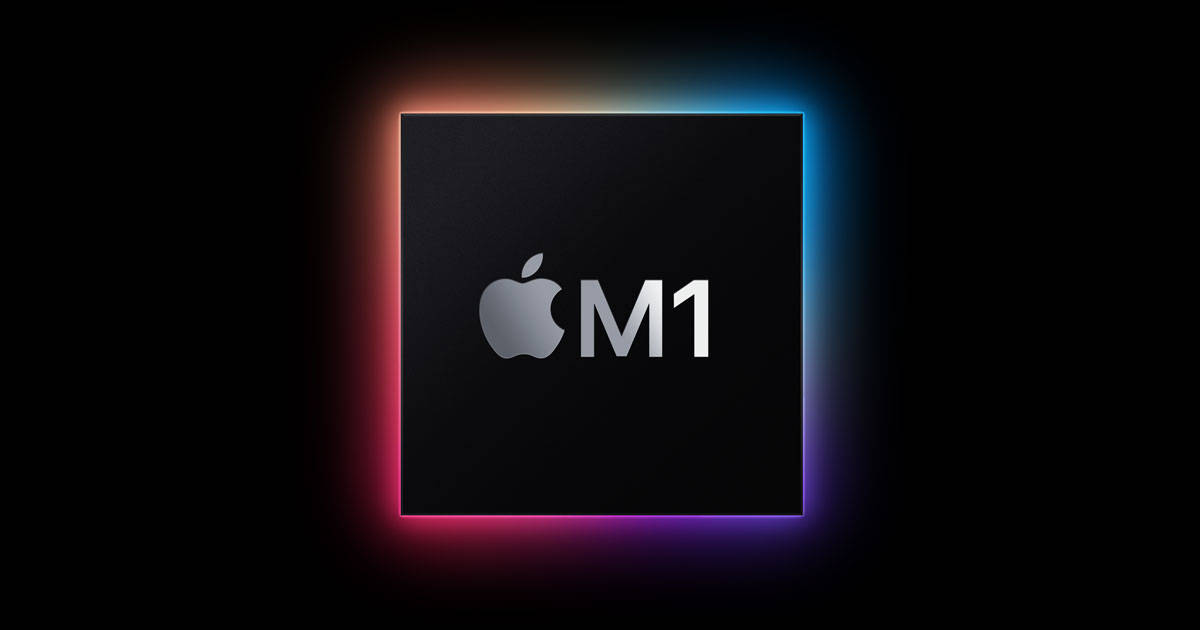
iPad Pro Gets the M1 Chip
There is no real difference between the A1 and the M1 processors architecture wise, see comparison table below. Both the Apple A14 Bionic and the Apple M1 are 5nm chips. We would love to be able to firmly predict that Apple will not break tradition and that it will introduce the next Apple A15 Bionic chip in the next iPhone but the move to the M1 for iPad Pro certainly came out of left field.
With the M1 chip in the new iPad Pro 2021, it means that Apple is introducing the M series chip for the first time into a tablet. The chip was always assumed to be reserved for MacOS i.e for the MacBook Air, MacBook Pro, Mac mini and the new iMac, but using the M series chip to power the iPadOS proves just how similar the two chips are.
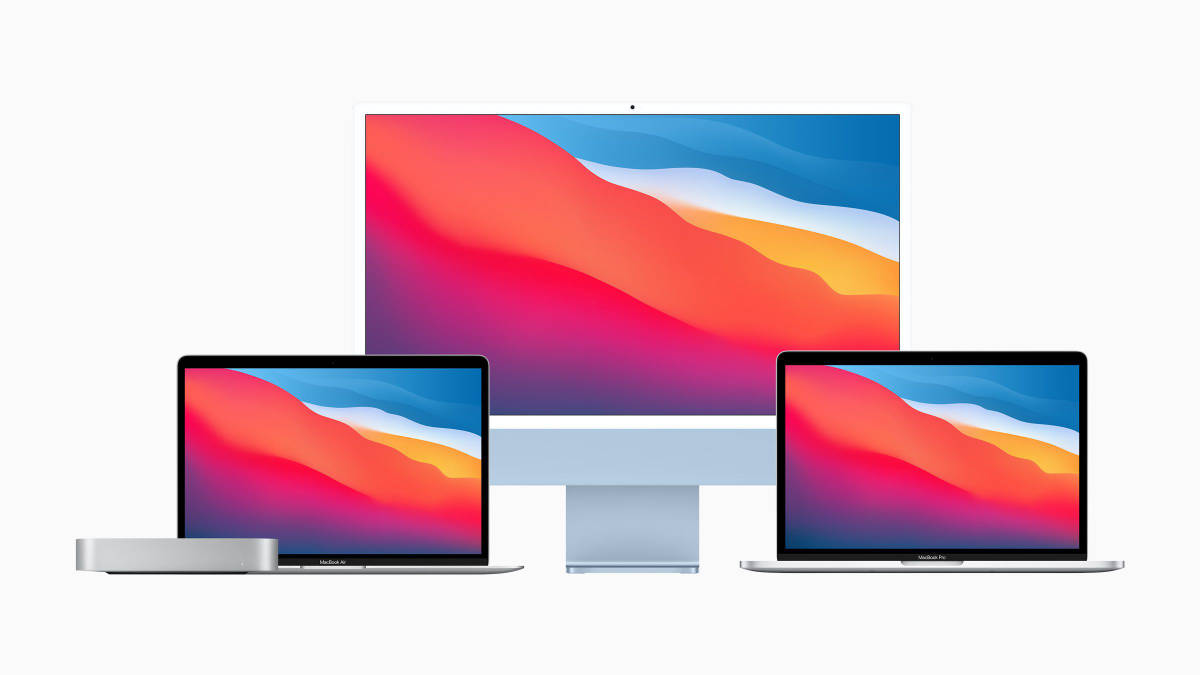
What you are guaranteed now is the raw performance of the Apple M1 chip with its 8-core CPU and 8-core GPU in a tablet. This also signals a departure from just relying on the A series chip for the iPads. Just 6 months ago (October 23, 2020), the iPad Air was launched with A14 Bionic chip. Does this mean that further down the road the smaller iPad minis and the standard iPad will have their day with the M1 also? This is possible seeing that older A-series chips typically get redeployed in lower iPad models, case in point is the A12 Bionic in iPad (8th Gen) and iPad mini (5th Gen). The A12 Bionic is also now in the Apple TV 4K (2021).
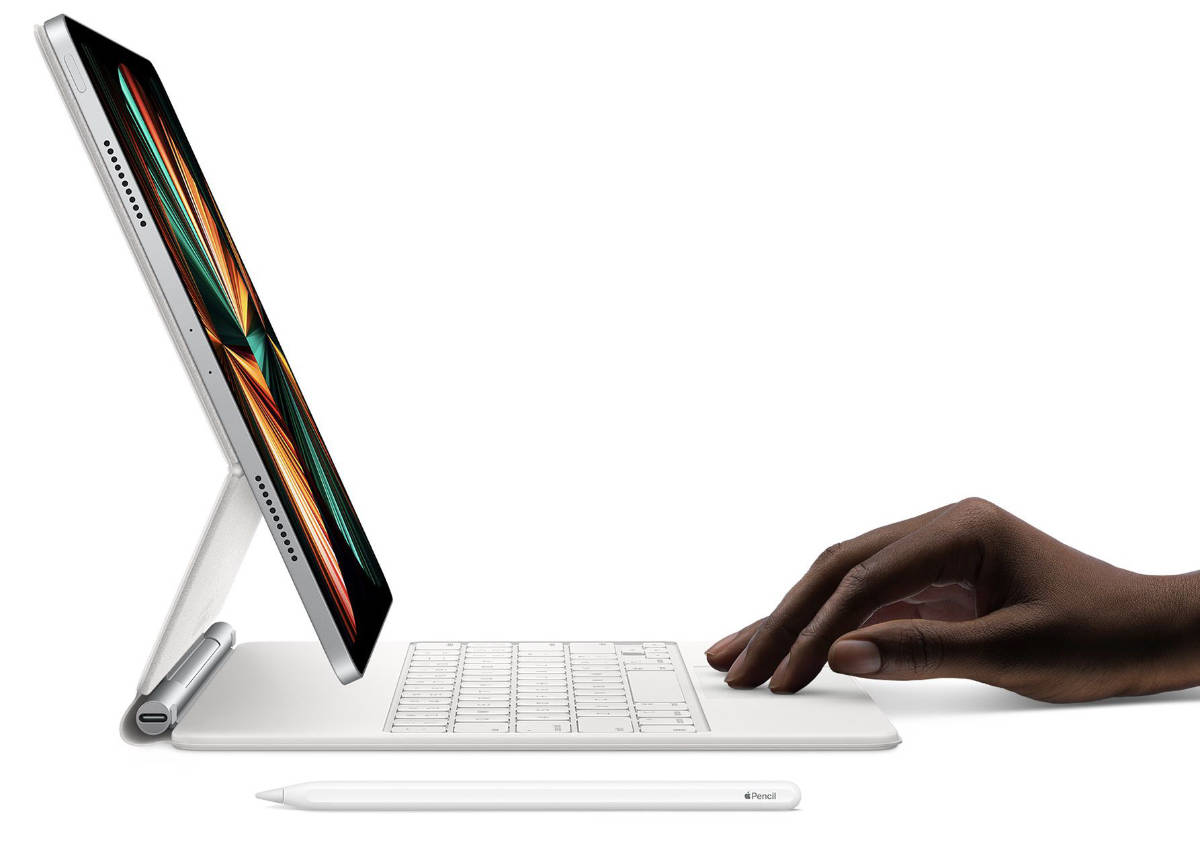
There are many reasons why Apple might pick the M1 chip to power the pro-level tablet. As a premium device it deserves all the power it can get. On the other hand, Apple could simply be doing this to differentiate the iPad Pro line from the iPad Air, a mid-range tablet and the rest of the tablets. From now on, Apple could be saving the M-series chip exclusively for the iPad Pro while keeping other tablets on the A-series. It’s a tough call to make.
Financially though, it makes sense. As a premium device, the iPad Pro is already at a higher price point, and differentiating the two chipsets mean that there is also more value in choosing one over the other.
So, will the iPhone 13 Get the M1 chip?
Using the same logic, then yes, it seems likely that the iPhone 13 Pro would get the M series chip. Although it’s hard to say whether it will be the M1 or M2, or whether it will be specifically for the iPhone Pro and iPhone Pro Max only.

If Apple does go down this route, this will split the pro-level phones from the standard level iPhone and iPhone mini. This will allow the iPhone Pro to sit one tier above the standard iPhone, possibly allowing Apple to charge even more for the Pros.
So the way we see it, there are three possible scenarios:
- iPhone 13 and iPhone Pro 13 gets a new A-series chip, namely the A15 Bionic
- iPhone 13 and iPhone Pro 13 gets the M-series chip, possibly M1 or M2
- iPhone 13 gets the standard A-series while the iPhone Pro 13 gets the M-series chip, possibly M1 or M2.
We think that it’s likely to be the third scenario allowing Apple to milk the premium differences and the M-chips capabilities. And of course, by differentiating between the standard iPhone and iPhone Pro this way, Apple will undoubtedly be charging yet another top up for the Pro iPhone devices. As they have now done with the iPad Pro.
CPU Comparison
In the table below, we take a closer look at the comparison between the M1 and the A14 Bionic chipsets.
| Apple M1 | Apple A14 Bionic | |
|---|---|---|
| 3.20 GHz | Frequency | 3.00 GHz |
| Turbo (1 Core) | ||
| Turbo (All Cores) | ||
| 8 | Cores | 6 |
| No | Hyperthreading | No |
| No | Overclocking ? | No |
| hybrid (big.LITTLE) | Core architecture | hybrid (big.LITTLE) |
| Apple M1 (8 Core) | GPU | Apple A14 |
| 3.20 GHz | GPU frequency | 1.80 GHz |
| GPU (Turbo) | 3.01 GHz | |
| 1 | GPU Generation | 11 |
| 5 nm | Technology | 5 nm |
| DirectX Version | ||
| 2 | Max. displays | 3 |
| 128 | Execution units | 4 |
| Shader | ||
| 8 GB | Max. GPU Memory | 8 GB |
| Decode / Encode | Codec h264 | Decode / Encode |
| Decode / Encode | Codec h265 / HEVC (8 bit) | Decode / Encode |
| Decode / Encode | Codec h265 / HEVC (10 bit) | Decode / Encode |
| Decode / Encode | Codec VP8 | Decode / Encode |
| Decode / Encode | Codec VP9 | Decode / Encode |
| Decode | Codec AV1 | Decode |
| Decode | Codec VC-1 | Decode |
| Decode | Codec AVC | Decode |
| Decode / Encode | Codec JPEG | Decode / Encode |
| M1 | Architecture | A14 |
| Memory | LPDDR4X-4266 | |
| 2 | Memory channels | 2 |
| 16 GB | Max. Memory | 16 GB |
| No | ECC | No |
| 16.00 MB | L2 Cache | 4.00 MB |
| L3 Cache | ||
| 4 | PCIe version | |
| PCIe lanes | ||
| 5 nm | Technology | 5 nm |
| ARMv8-A64 (64 bit) | Instruction set (ISA) | ARMv8-A64 (64 bit) |
| N/A | Socket | N/A |
| 15W | TDP (PL1) | 6W |
| Yes | AES-NI | Yes |
| None | Virtualization | None |
| Q4/2020 | Release date | Q3/2020 |
What do you think Apple is likely to do? Would you pay for a Pro-level iPhone (the iPhone Pro) with M series chip? Let us know in your comments below.


